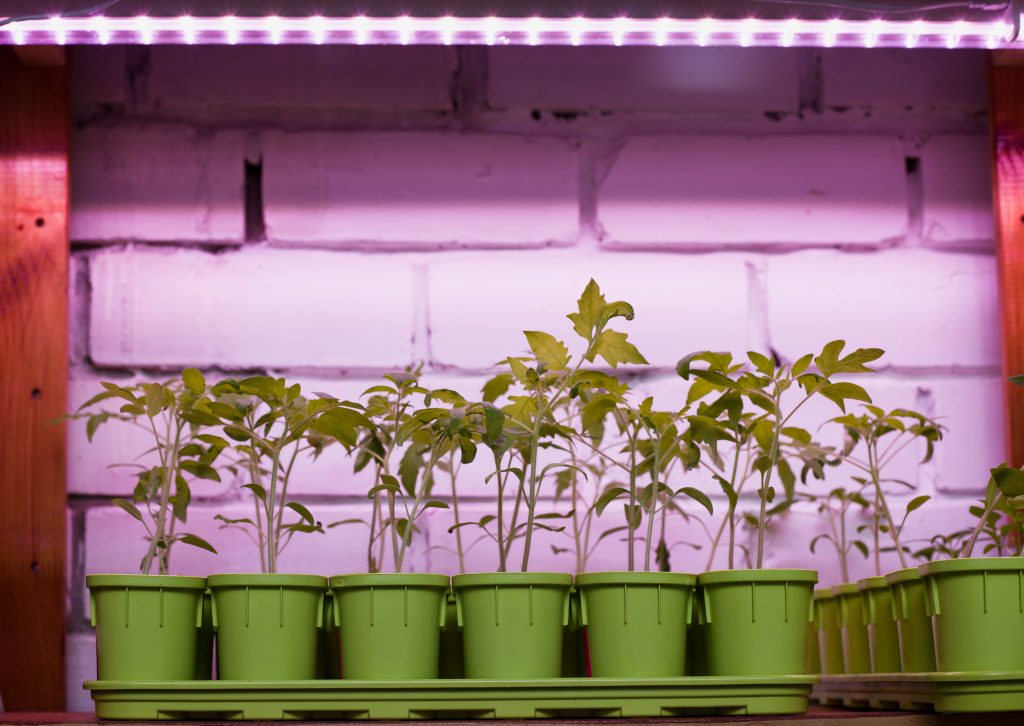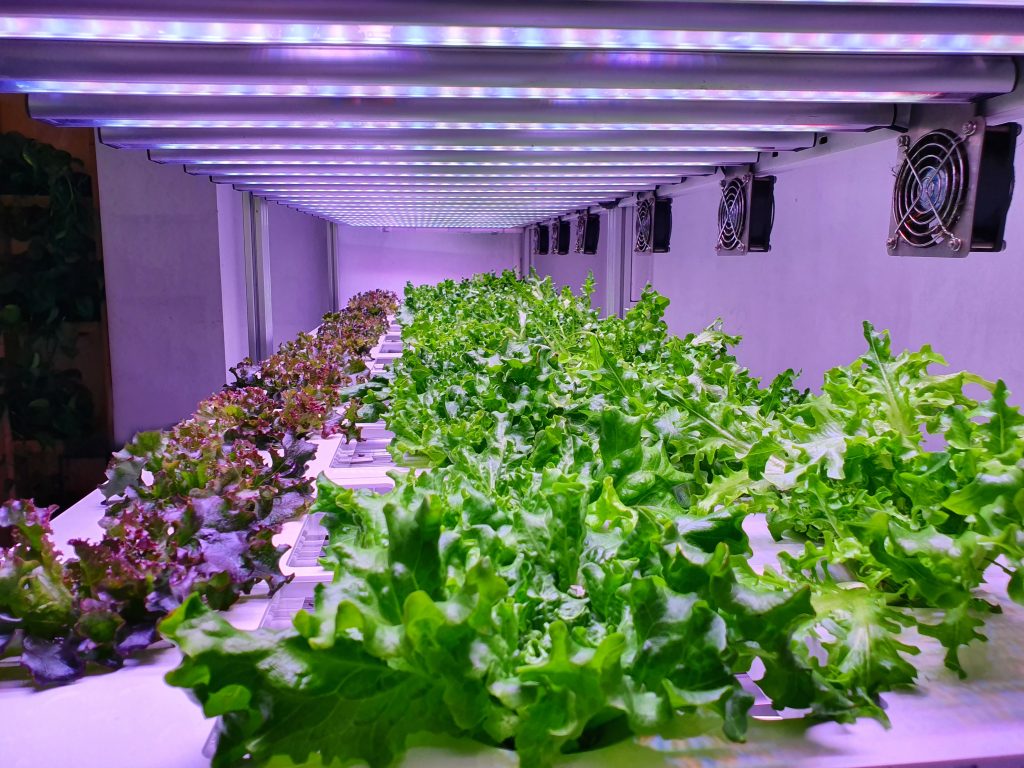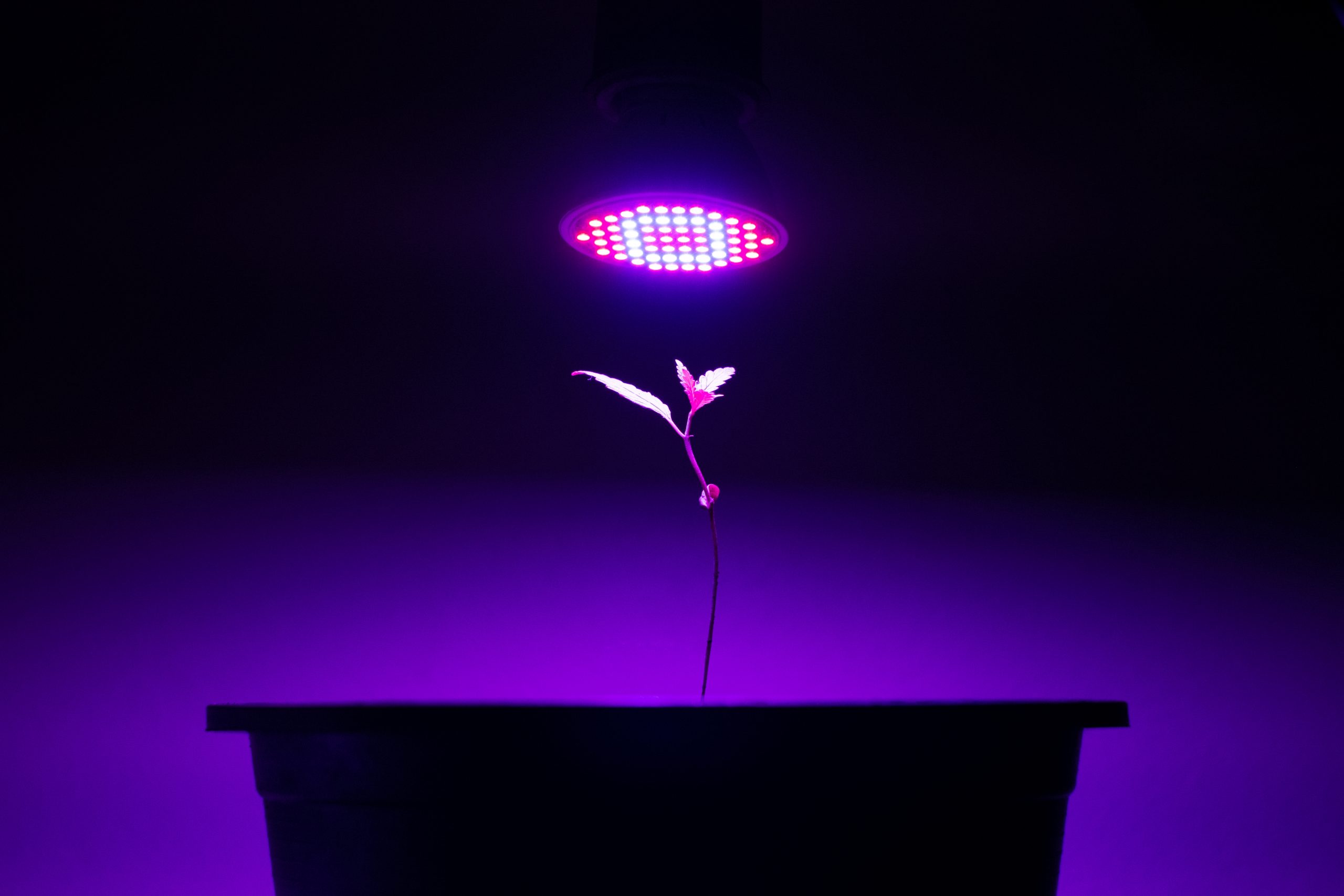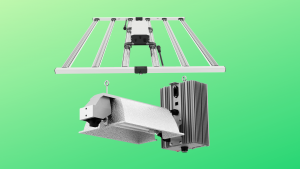How much light is enough to market excellent growth in my plants?
That’s an issue lots of growers ask themselves at some point when trying to make a decision on the simplest grow light for his or her plants. Whether you’re new growing or you have been growing for an extended time, deciding what quantity of light you would like may be tricky.
If you’re feeling overwhelmed, don’t worry. We’ve created this guide to assist you to identify exactly what quantity of light your plants will need in an exceedingly grow tent or grow room environment.
If you’re able to grow your own plants and need to grasp what proportion light they’ll need, read on. We’ll provide you with recommendations on what to appear for and what factors to stay in mind when considering your plants’ lighting needs.
Light Coverage
Knowing what proportion light your plants need isn’t as simple as choosing any light so hoping for the simplest. You’ll need to take into consideration two important factors:
Plant Coverage — this can be pretty self-explanatory and means the number of sunshine each individual plant will receive.
Canopy Coverage — this kind of coverage refers to the sunshine that may be touching the complete group of plants in your grow tent, otherwise referred to as the cover.
Whether you’re going with plant coverage or canopy coverage, it’s essential to grasp what proportion PAR or lumens you’re visiting need for optimal growth. Remember:
Lumens measure the intensity of an HID light, which incorporates HPS grow lights, MH grow lights, and CMH grow lights.
PAR, or photosynthetically active radiation, is employed to live the intensity of LED grow lights.
You might be asking yourself, “Why do I would like to factor lumens/PAR? Can’t I just use a specific number of watts per square measure in my grow room?” While you may just base the quantity of necessary light for your plants on the dimensions of your grow room or grow tent, doing so won’t offer you enough intensity level for all of your plants.
Plants require a particular amount of lumens or PAR to attain optimal growth.
As such, it’s best to work out the precise amount of lumens/PAR the particular plants you’re growing will need.
Notice that we’re ditching the entire “x-watts/per sq.ft.” method. Now, the coverage area of any given light will have varying PAR/lumens the further out from the middle you go. That’s why if you have got an outsized growing area and wish to use multiple lights, PAR and lumens go to be especially handy.
This will allow you to work out what quantity of light they have more accurately than simply trying to induce a particular amount of wattage per sq ft.

Research Your Plants Specific Lumen/PAR Needs
It’s important that you just research the lighting needs of the plants you intend on growing. While you’ll potentially get decent results from simply estimating, you’ll see the most effective yields and also the healthiest plants with proper lighting.
Weak Light Intensity: If you don’t provide enough light for your plants, they’ll struggle to grow. this may result in stunted plants and weak results. to not mention, you merely won’t get the flavors and aromas you wish out of your plants.
Too Much Light Intensity: Too strong of a lightweight also will cause problems for your grow. If you give your plants more intense levels than what they have, you may find yourself burning them.
If you wish to work out what proportion PAR or what percentage lumens you’ll need for every one of your plants, it’s pretty simple. All you’ve got to try and do could be a little bit of research to seek out the correct values for the plants you would like to grow.
Leafy greens like lettuce and spinach, for instance, would want a face value of around 200.
Meanwhile, tomatoes, which flower and produce fruit, would want a nominal value of 400 to 500.
Once you’ve discovered the lumens/PAR your plants will need, finding the correct light or lights for your grow tent is plenty easier.

Determining the Coverage for Your Canopy
Once you recognize what your plants must grow, it is time to work out what quantity coverage you would like.
But to work that out, you have to first measure the scale of the general canopy you would like to light.
Measure your canopy’s length and width: Your canopy is that the part of your plants that absorbs light. this is often what you would like to live when considering grow lights. Measuring the complete grow space will offer you an inaccurate estimate of the mandatory light for your plants.
Note: the dimensions of your growing area are vital because it is the area you’ll be able to fit a particular amount of plants in.
Measure your canopy’s depth: Don’t overlook the depth of your canopy. You’ll need lights that are strong enough to penetrate deep into your plants. Simply covering the tops of your plants won’t be enough.
Find the most effective Grow Light(s) for Your Grow Tent or Grow Room: Now that you’ve determined the dimensions and depth of your canopy, also because of the lumens/PAR you wish, you’ll be able to make the foremost informed decision and buy the proper grow light.
By knowing the PAR/Lumens your plants need, you will be able to determine how strong of a lightweight you would like.
By knowing what proportion area you would like to hide, you’ll work out how strong of a lightweight you will need in order that it can spread the sunshine it gives off the upper it raised.

How to work out Many Grow Lights you truly Need
As you’ll probably tell by now, asking yourself what percentage grow lights you would like upfront may be a bit too tricky and broad. Ultimately, a more robust question to ask yourself is:
How much strength and light-weight intensity do my plants need, and the way many lights will i want to realize this goal?
Thankfully, you now know the way to urge the solution thereto question. You’ve determined the number of lumens or PAR that every one of the plants you’re growing needs. You’ve also worked out the sunshine intensity required for the scale and depth of your canopy.
How to Calculate the number of Lights you would like
Now that you simply have a general idea of how grow lights, lumens, and PAR add your grow room, the question remains:
How exactly does one calculate the amount of grow lights necessary for a successful harvest?
Here are some step-by-step instructions to assist you to work out what number of grow lights you will need.
Research the lumen and PAR requirements of the plants you propose on growing. Are you growing tomatoes? Cucumbers? Peppers? Herbs? Whatever it’s you propose on growing goes to possess unique lumen/PAR requirements, so start there when trying to make a decision what percentage of plants you will need in your grow room.
Research the minimum and maximum requirements for your plants. Tomatoes, for instance, have a minimum PAR requirement of 400 and a maximum PAR requirement of 500.
Remember: The outer edges of your grow light’s coverage are weaker. If you’re only employing a single light, confine in mind that the outer parts of your canopy will have a weaker intensity level. reckoning on the plant, you will have to invest in additional than one light to make sure your entire canopy is receiving strong doses of sunshine.
Measure your canopy’s potential size. Your plants will take up a specific amount of space in your grow room or grow tent. Measure the perfect space your plants will take up. By working out an accurate length, width, and height, you will be able to choose the right grow light coverage and strength.
Keep in mind the dimensions of the plants you are going to grow. Ideally, you wish to avoid crowding your plants together. For best results, make certain your plants have adequate space in order that they can grow comfortably.
If you have got a tiny low grow space but would like to grow large plants, you’ll only be able to fit 1 to 2.
If you’re growing small plants, you’ll really be able to fit more in this same small grow space.
Whatever the case could also be, confirm you account for his or her growth so you have got enough space for fully-formed plants.
Choose a grow light that supported the coverage and intensity your canopy will need. With all of the factors mentioned above taken into consideration, you ought to now be ready to more accurately and simply select the right grow light or grow lights for your plants.
Consider you grow light placement if you’re using multiple lights. If you would like even coverage across your canopy, aligning multiple lights will essentially create a 3rd intense point by overlapping the sunshine coverage on the sting of every grow light. this can offer you 2 or more strong points of sunshine coming from the middle of the sunshine footprint, furthermore as intense light within the places where intensity would normally drop off.

Need Stronger Coverage? Here’s What to try and do
Now, lumens and PAR begin to weaken on the outer edges of that footprint. You’ll want to stay your plants well within that footprint. If you’re growing plenty of plants during a larger space, your best bet is to put in multiple grow lights to overlap those weak points.
For more intense coverage, one option is to lower your light closer to your plants. The lower a lightweight is, the more intensely your plants will feel it. However, doing this will decrease your coverage area.
To increase the intensity, you’ll add more light(s) to your grow. This has the potential to increase PAR significantly, so it’s important to boost or dim your lights if it’s setting out to get overwhelming for your plants.
Need to Cover More of Your Canopy with Light?
Here’s the answer
If you wish to hide an oversized area (like in a very commercial grow, for example), you’ll want to use multiple high lumen output grow lights that you just can hang beyond usual. Multiple lights also give your plants far more intensity- as we’ve already demonstrated. But there are a pair of key things to seem out for once you need a bigger footprint across your canopy:
Hanging Lights Higher Increases Coverage Area, Lowers Intensity- to induce more coverage, the primary thing to try and do would be to lift your lights. detain mind the upper you position the lights in your grow tent, the weaker their intensity is going to be on your plants. So remember of what quantity light you’re sacrificing if you wish to lift your light.
Re-evaluate your needs- If your plants need more intensity and/or coverage than you’re giving them and you’re running multiple lights already, evaluate the lighting you have got. you’ll upgrade.




